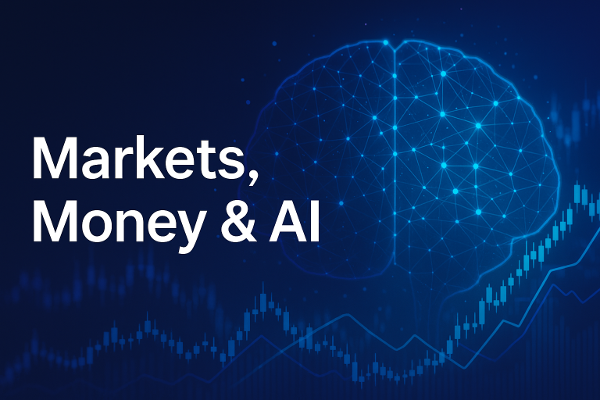5. Gold or Bitcoin – What’s Better Long Term?
Gold remains the benchmark store of value for institutions, providing diversification and crisis protection. Bitcoin, though more volatile, introduces digital scarcity and independence from traditional systems. For allocators, these assets serve complementary roles—gold as a defensive hedge, Bitcoin as a speculative but asymmetric opportunity. The optimal mix depends on mandate flexibility and risk appetite.

